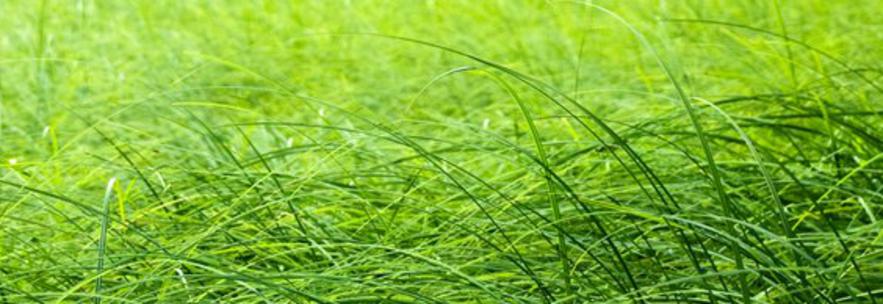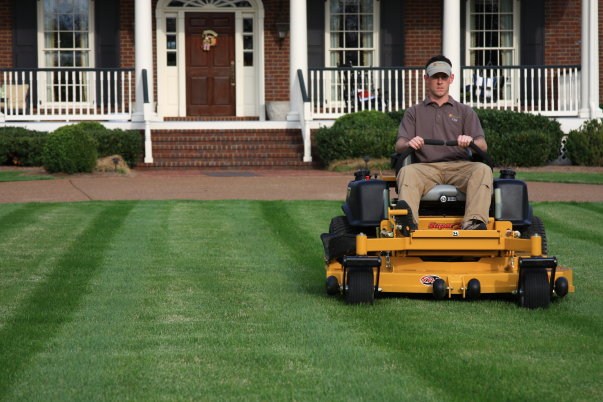6 Step Lawn Fertilization Program
by David Steg on 02/15/16Do I Really Need to Follow a 6 Step Fertilization Program?
As a homeowner it seems like their are so many options out there to help promote a nice green lawn. It is common to hear 6 step program on even lawn care site, but can’t I skip a step? I would say the answer depends, but to see optimal results it is recommended that a 6 step program is followed. This blog will highlight what each step does to help promote a lush green lawn.
Step 1- Early Spring
Fertilization in the early spring will help attach crabgrass before it starts to germinate. This round will include the chemicals urea and potash. This is also the prime time to apply weed control product, to prohibit the growth of broadleaf weeds.
Step 2- Late Spring
This round of fertilizer will contain nitrogen, phosphate, potassium, and iron. The iron is essential to promote greening of the grass and also helps trees and shrubs nearby. The weed prevention products laid down will target dandelions, chickweeds, clover, and other unwanted weeds.
Step 3- Summer
This treatment will another round of fertilizer and weed control that is suited for summer conditions. This step will also help control lawn damaging insets.
Step 4- Late Summer
This is a weed and feed application and will arrest the weeds that have migrated to your yard by wind, water, or animals.
Step 5- Early Fall
As the temperatures start to change most of our perennials have died off, but the weeds are still a threat. Another round of weed control is applied to make sure that more don’t pop up in your lawn and potentially attack in the spring months. This round will also help lawns recover from the heat stresses of summer and prove new growth.
Step 6 - Late Fall
This is the best time of year for weed prevention and winterization. In late fall, the treatment will go directly to the root of the weed and kill the entire plant. This will help keep your grass healthy, until the grass becomes dormant for the winter months.
Comments (0)




